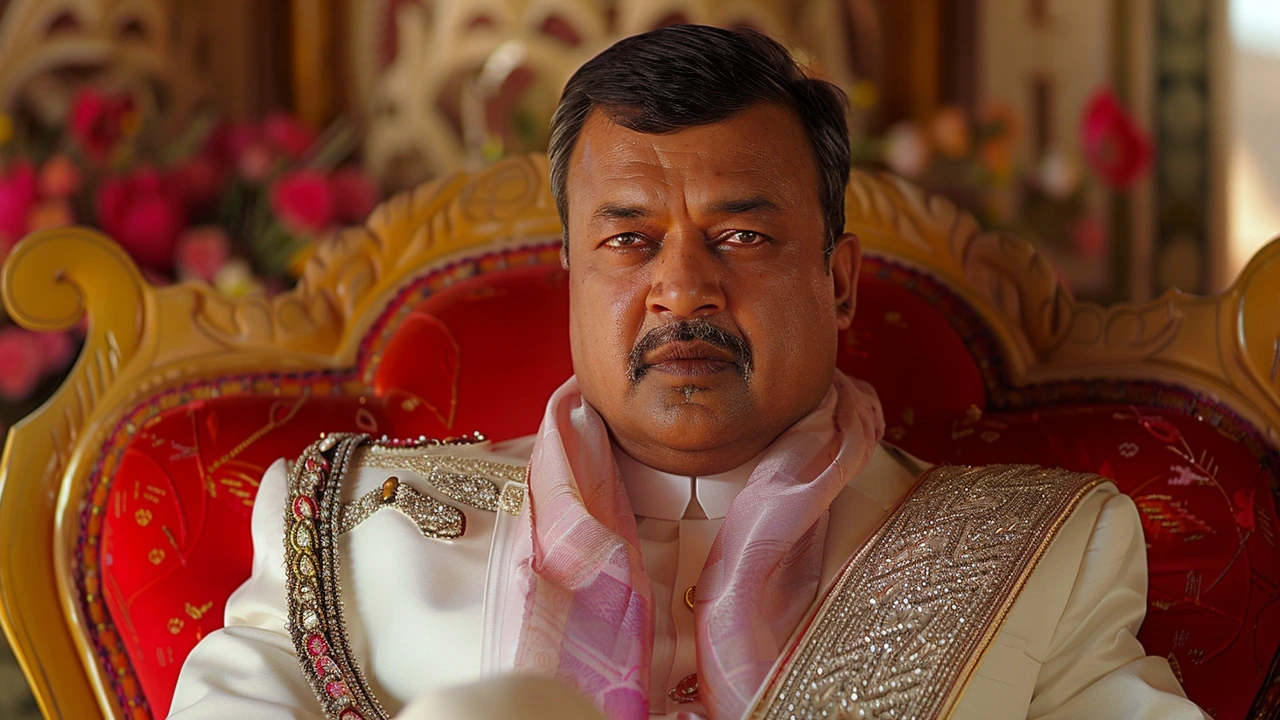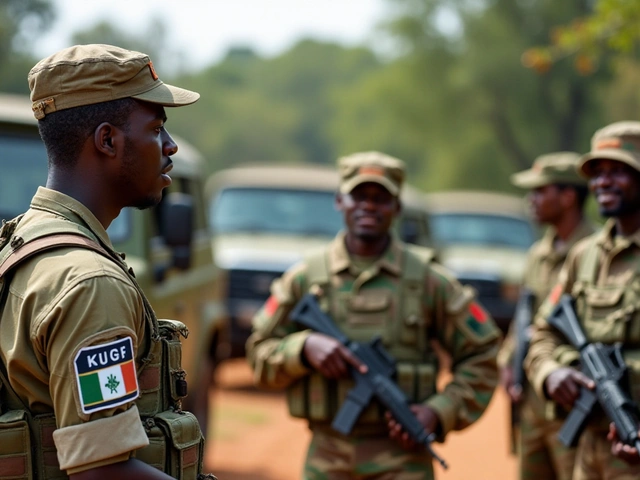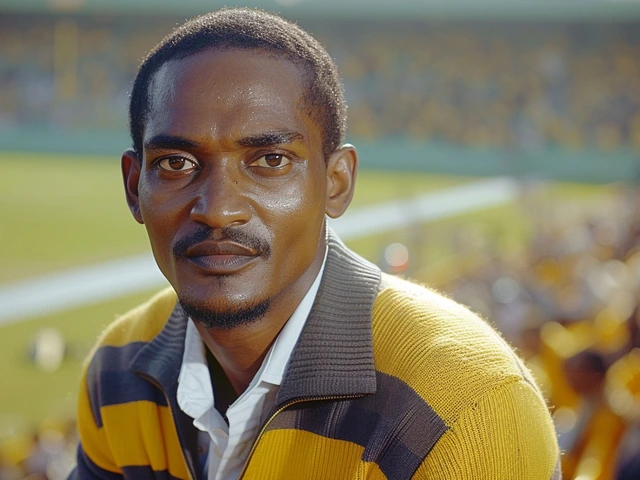
Hathras Stampede: Villagers Defend Bhole Baba Amid Mutual Investigation
The recent stampede during a 'satsang' organized by self-proclaimed godman Bhole Baba in Hathras has resulted in a tragic loss of 121 lives, mostly women and children, leaving another 31 injured. This catastrophic event has prompted an ongoing investigation into the circumstances and accountability surrounding the gathering. However, as authorities delve deeper into the incident, the residents of the village where Bhole Baba hails from have rallied in his defense, drawing attention to his long-standing reputation and humanitarian acts.
Who is Bhole Baba?
Before becoming known as Bhole Baba, this religious preacher was called Baba Narayan Hari. His journey from a common police constable to a venerated spiritual leader is one marked by dedication to religious sermons and a seemingly genuine concern for his followers. Baba's popularity grew as he started organizing 'satsang' sessions in Dham, a village within the Patiyali tehsil. His early sessions were characterized by their simplicity and encompassing humble settings. As the gatherings swelled, they began to tread on the livelihoods of the poor villagers, thus prompting Baba to move hem to other locations.
Villagers' Testaments
Despite the devastating stampede, Bhole Baba's villages remain steadfast in their support. Residents recount how he never solicited donations or 'chadhava' from attendees, a notable departure from the practices of several modern-day spiritual leaders who often geared their sermons towards requesting contributions. The construction of the 'Bhavya Dham', Baba's spiritual center, was funded entirely by the contributions voluntary offered by his devoted followers. Villagers like Dhan Singh and Mohit Kumar shared their positive experiences of attending his 'satsang'. They described the atmosphere as congenial and uplifting, with no coercion or guilt being imposed on the devotees.
In the same vein, Jay Kumar, hailing from Bahadurnagar – Bhole Baba's birthplace, narrated the profound impact of Baba's sermons. Followers flocked from various regions to attend his gatherings, making his sessions a melting pot of individuals seeking spiritual solace. With heartfelt warmth, they narrated how Bhole Baba's exhortations provided them mental peace and guidance through life's challenging moments.
A Controversial Incident
Amidst the glowing testimonials, there are tales that highlight the complexity of Bhole Baba's beliefs. One particular incident which stands out occurred 16-17 years ago, when Baba adopted a girl. When the girl passed away, Bhole Baba kept her body at home for two long days, holding on to the hope that she might come back to life. Eventually, the police had to intervene, and the girl was cremated. This event raised eyebrows then, and is being revisited now in the wake of the present tragedy.
Current Situation
In the aftermath of the stampede, Bhole Baba is reportedly residing in an ashram situated in Mainpuri. The ashram is now a focal point of interest for authorities. A considerable police presence surrounds it, and access has been heavily restricted. As the investigation progresses, officials are maintaining a cautious silence regarding Baba's whereabouts or their plans for moving forward. Investigations are probing every possible angle—from crowd management and structural safety to the roles played by the event's organizers.
The devastating loss of lives due to the Hathras stampede has struck an emotional chord not only with the villagers who have long followed Bhole Baba, but across India. Amidst the sorrow and the ongoing investigations, villagers remain hopeful that their revered spiritual leader will be exonerated from any blame connected to this tragic incident. Their accounts paint the picture of a man whose intentions were largely perceived as pure and philanthropic. As the story unfolds, it is critical that all corners of this incident are thoroughly examined to ascertain the exact series of events and actions that led to this grievous mishap.





